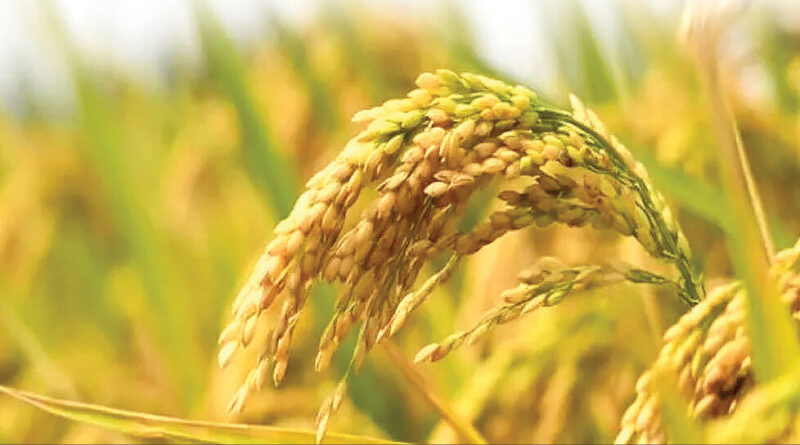Reactivated monsoon revived the paddy sowing but pulses and oilseeds still lagged across country
By Jitendra Choubey
The revival of the monsoon impact is visible in Kharif sowing areas. The kharif sowing areas have recorded an increase compared to the previous year as well as normal sowing areas. However, pulses and oilseeds sowing areas are still lagging.
The total Kharif crop sowing area crosses 1102 lakh hectares (LHa), which is more than 3 lakh hectares compared to the previous year and 7 LHa more than normal sowing areas. The increased kharif areas are mostly driven by paddy crops, coarse grains and non-food crops like Sugarcane. However, food crops such as pulses and oilseeds sowing areas and non-food crops like cotton areas still lesser than the previous year, are the cause of concern.
The revival of the monsoon helped the rice-sowing areas. The rice sowing area surpasses 411 LHa which is around 11 LHa more than the previous year. Higher areas reported from states like Bihar, Jharkhand, West Bengal, Chhattisgarh, Madhya Pradesh, Haryana, Uttar Pradesh and others. These regions benefited from the revival of monsoon in September.
While lesser sowing areas were reported from the states from Southern states where huge deficit rainfall was reported. States like Karnataka, Andhra Pradesh, Tamil Nadu and others reported the largest lesser area of sowing.
However, the sowing areas of pulses is a concern. The pulses sowing area is reduced by 5.92 LHa, reaching 122.57 LHa from 128.49 LHa a year ago. The current pulses sowing area is 12% less than normal sowing. Late rainfall in pulses-producing areas has improved the sowing. Lesser sowing areas were reported from major pulses producing states like Karnataka Maharashtra, Telangana and Tamil Nadu.
If we look into the details of the reduction of pulses sowing areas, all pulses including Arhar, and Urad areas have reduced compared to the previous year.
Lesser pulse production will further fuel food inflation in the coming days. Last year too, the country witnessed lesser pulses production resulting in higher prices of pulses.
Even oilseed sowing areas are down at 192.91 LHa from 196.08 LHa a year ago. Except for Soybean, there are reductions in all oilseeds including groundnut, sunflower, sesamum, and Niger.
The soybean sowing has reached 125.13 LHa compared to the previous year’s 123.91 LHa. Even the normal sowing of soybeans in the kharif season stood at 117 LHa.
In the non-food category, except for Sugarcane other crops such as cotton and Jute and mesta sowing acreage reduced. The cotton acreage reached 123.42 LHa compared to 127.57 LHa.
This article has been republished from The New Indian Express.

